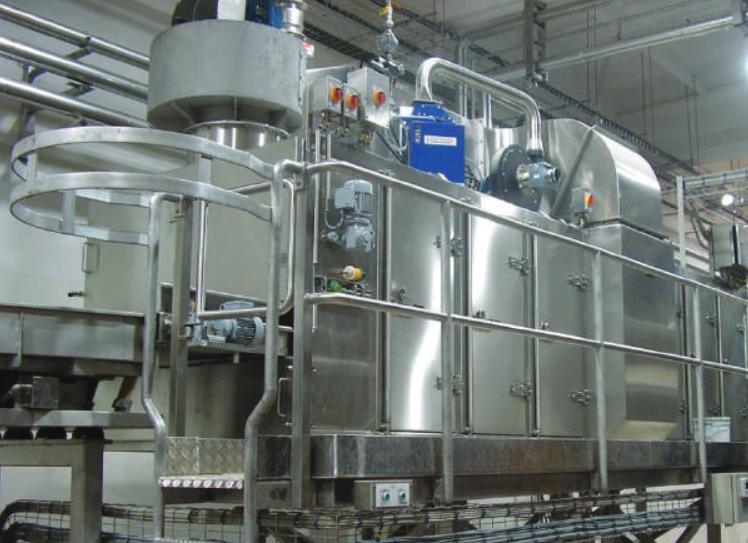
How Planet Dryers Revolutionized Food Processing with Solid Edge
Your expert partner in future-proofing your business to optimize and improve
Business Challenges
• Utilize legacy design data
• Illustrate machines measuring up to 40 meters
• Bid for larger projects
Keys to Success
• Create sheet metal patterns easily
• Flexible and intuitive for new users
• Share CAD files with suppliers and customers
Results
• 15 percent off design time
• 15 percent cut in design costs
• Synchronous technology enables quick design changes
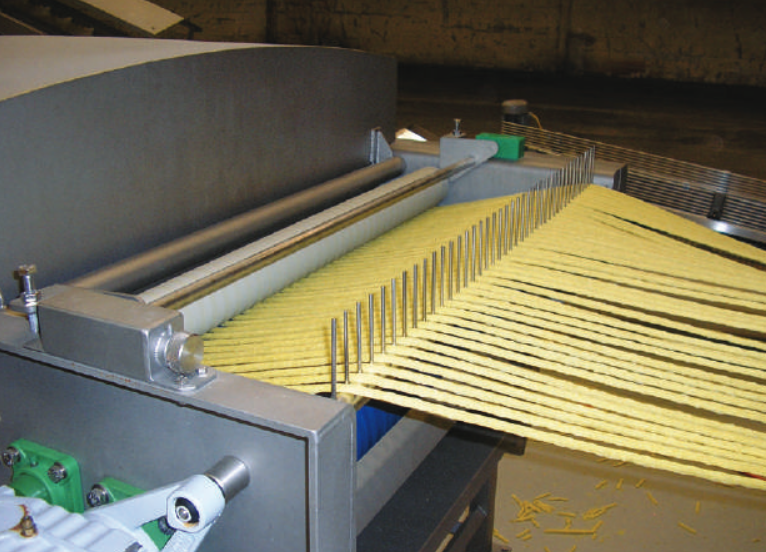
How Planet Dryers Revolutionized Food Processing with Solid Edge
The removal of humidity is a key stage in the production of foods such as breakfast cereals and savoury snacks. Without an effective drying process, there would be no satisfying crunch. In addition, food with moisture left in it will have a shorter shelf life – crisp breads, pasta and pet treats must be stable. To ensure that food items dry out evenly to the correct level, there has to be complete control of warm airflow.
Planet Dryers specializes in this area, designing customized drying, cooling, roasting and cutting machines that are used by large well-known companies producing globally familiar brands. The largest unit is more than 40 meters long, with even the smallest models measuring at least six meters. The company offers a range of airflow systems with single-pass, multi-pass and multi-stage conveyor band dryers, and conveyor drives of variable speed.
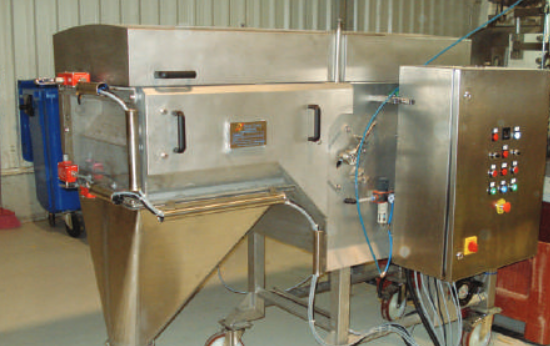
Business Challenges
Hygiene is, of course, critical. Machines from Planet Dryers are constructed in stainless steel, with a range of product spreading options and the ability to handle flavoring and coating. As such processes can result in a sticky residue, it is essential that machines can be thoroughly cleaned.
Each machine is designed as a framework covered by sheet metal, which has to be shaped at various junction points and cut out where parts such as gas burners are bolted on.
“Our products are essentially conveyor belts with warm air blowing through them and one of the critical challenges is containment of the product,” explains John Cresswell, engineering manager at Planet Dryers. “We have to manipulate sheet metal to create effective side guards and transfer chutes.” It was this specific design requirement that led Planet Dryers to adopt Solid Edge® software from product lifecycle management specialist Siemens PLM Software.
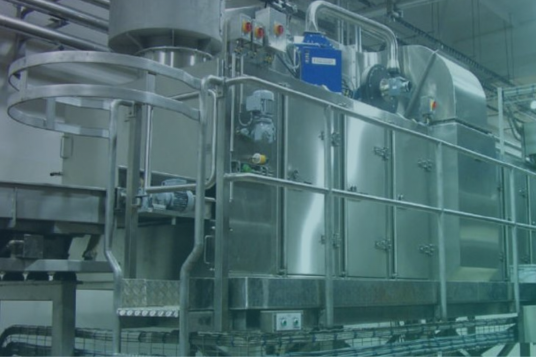
Keys to Success
For Planet Dryers, the ability to utilize historical design data was a fundamental requirement. Solid Edge is fully compatible with any other format; it also provides the option of synchronous technology. Collins explains that he began by looking at old 2D designs and remodeling them using Solid Edge. He later attended a Majenta PLM course on synchronous technology. Collins notes, “It was exactly what I needed because I originally found the concept of synchronous technology intimidating. Now I use it on a daily basis.
“The flexibility that synchronous technology provides is astonishing. It enables me to accept files from any format, transfer data and amend a design without any reference to its history. It gives intelligence to a dumb shape, allowing me to change or remove attributes. I can, for example, see a circle, identify it as a hole and recognize the size and thickness so I can quickly amend a sheet metal pattern.”
Collins particularly appreciates the choice that Solid Edge offers. “If I know a product is always going to be similar in shape, then I use the ordered approach because we can control aspects of the design very clearly by making assumptions, automating processes and locking in definitions. On the other hand, synchronous technology is like working with clay, it allows more freedom during the actual design process. For example, after I’d designed a particular discharge chute, our process engineer advised me to taper the sides. This would have taken two hours in the ordered environment. With synchronous technology, it took one minute.”
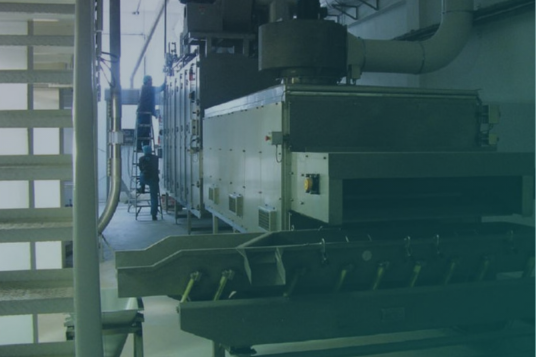
Results
The move to 3D is enabling Planet Dryers to design industrial machines that are effective and economical to run as well as easy to clean and maintain. It is also speeding up the design process. “With Solid Edge, we can quickly convert a design to a flat pattern of parasolids ready for sheet metal fabrication,” reports Collins. “Working with large assemblies is also much easier.”
A typical lead-time is 16 weeks from order to delivery, with design time accounting for half of that. “I estimate that for each new machine, we’ve taken 15 percent off the design cycle, that’s six business days,” comments Cresswell. “The time and resources this frees up allows us to work to a higher level of detail, checking and optimizing to produce a more complete design and a more competitive product. In addition, we can confidently give our customers accurate lead times. We can also rationalize parts, make cutting simpler for our fabricator and minimizing our costs.”
Explore our Portfolio
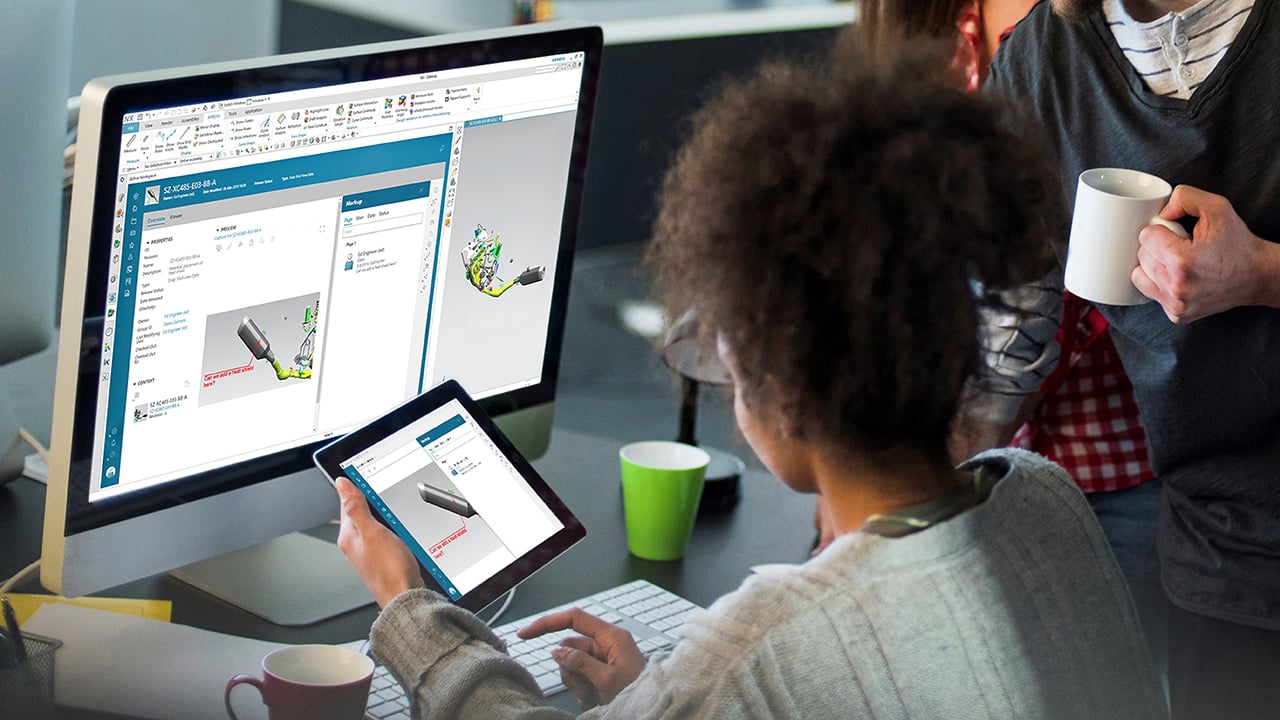
Product Lifecycle Management
Our PLM practice powers industry innovation through design, simulation, manufacturing, and effective project management in the manufacturing industry.

Enterprise Resource Planning
Our ERP practice leverages SAP solutions to enhance efficiency, streamline supply chains, and improve resource management in the manufacturing industry.

Applications
Our specialist practice for the manufacturing industry creates tailored solutions to drive innovation and streamline operations using Mendix-based applications.

Integrations
Our specialist practice uses Boomi integrations to ensure smooth connectivity and data integration for improved operations in the manufacturing industry.

Data & Analytics
Expertise in Data Analytics tailors BI & AI strategy, data science, engineering, IoT platforms, ESG reporting, and financial analytics in the manufacturing industry.

Management Consulting
Management Consulting offers strategic guidance in the manufacturing industry, fostering digital transformation and operational improvement.

Product Lifecycle Management
Our PLM practice powers industry innovation through design, simulation, manufacturing, and effective project management in the manufacturing industry.

Enterprise Resource Planning
Our ERP practice leverages SAP solutions to enhance efficiency, streamline supply chains, and improve resource management in the manufacturing industry.

Applications
Our specialist practice for the manufacturing industry creates tailored solutions to drive innovation and streamline operations using Mendix-based applications.

Integrations
Our specialist practice uses Boomi integrations to ensure smooth connectivity and data integration for improved operations in the manufacturing industry.


